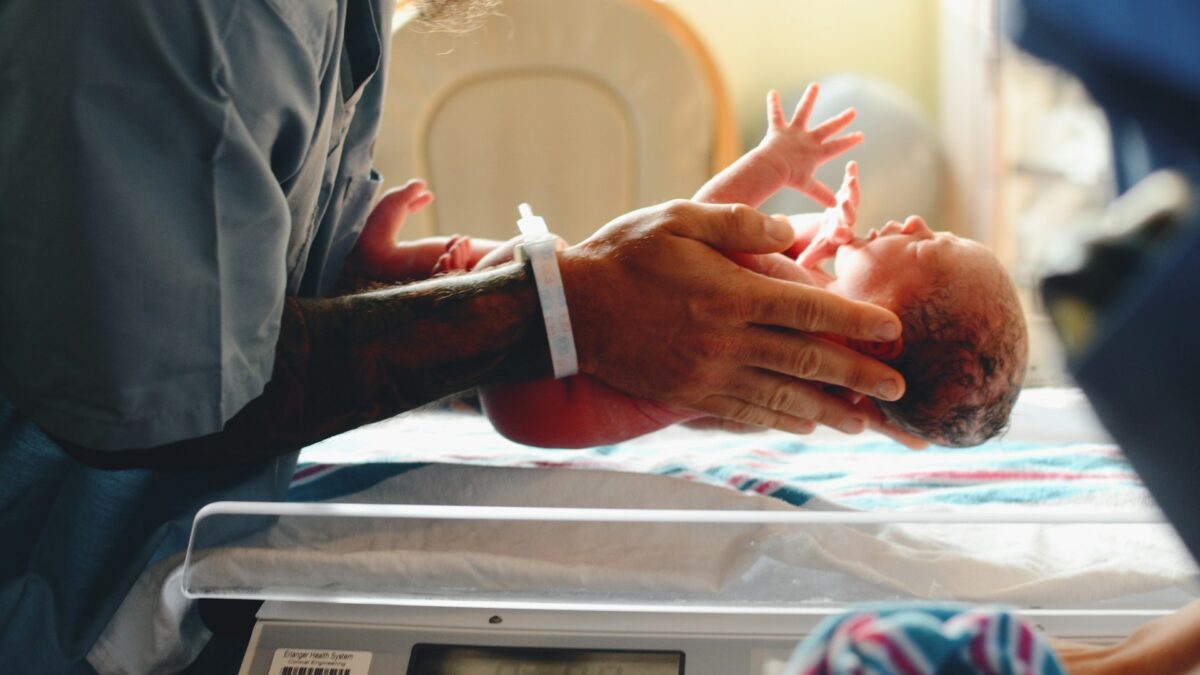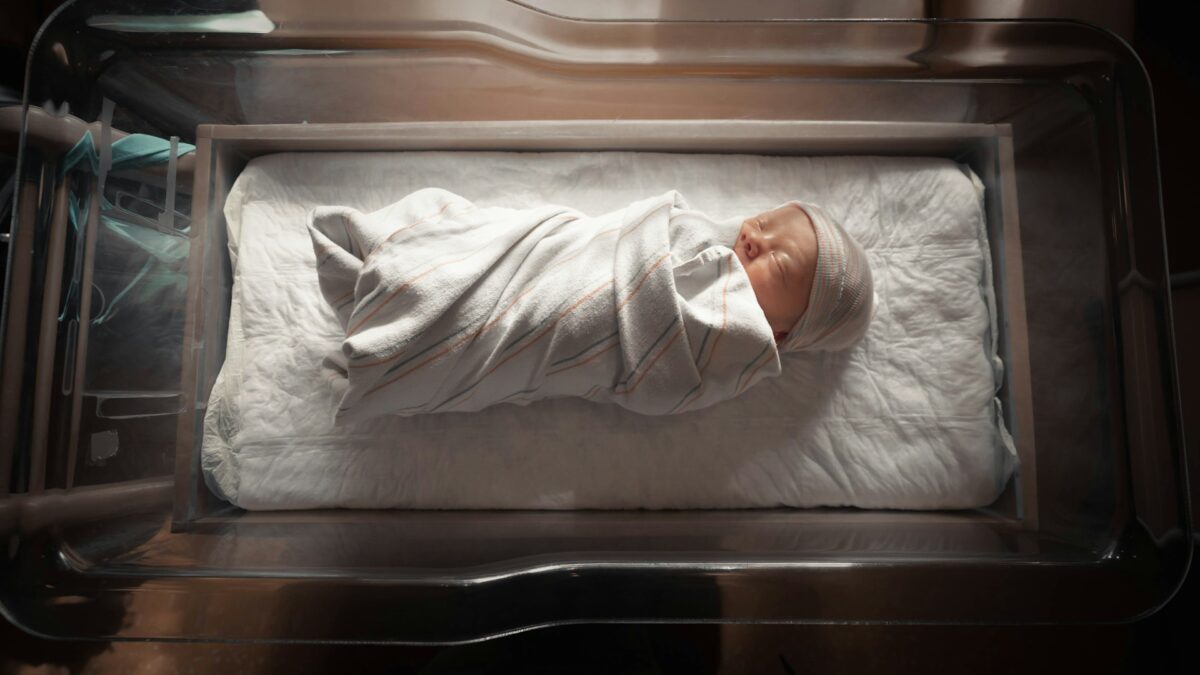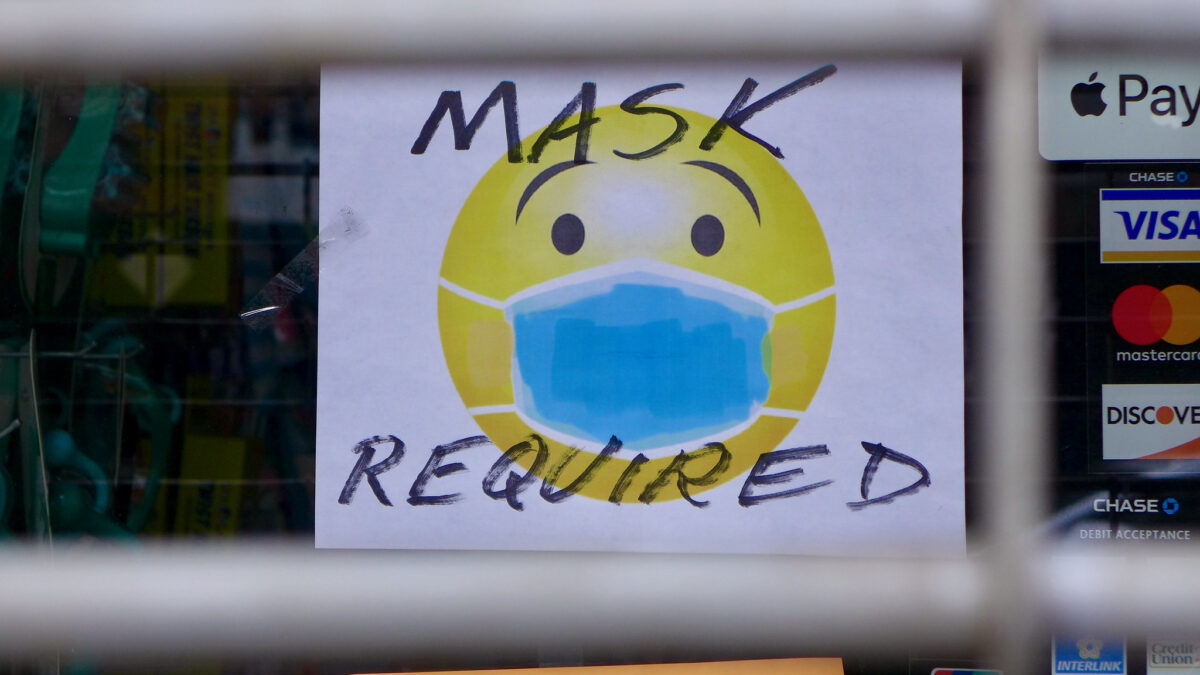The Michigan House passed the Assisted Reproduction and Surrogacy Parentage Act, HBs 5207-5215, on Nov. 9, 2023. These bills seek to legalize surrogacy, which is still a misdemeanor in Michigan, and establish parentage rights for children born through reproductive technologies.
Proponents of these bills argue that children will no longer be vulnerable, as no intended parents will be “forced” to go out of state to pursue surrogacy anymore, nor will they have to go through the process of adopting their surrogate-born child. In actuality, it is the IVF and surrogacy processes themselves that leave children the most vulnerable. The frustration that comes from being “forced” to go out of state or adopt a child from a woman who has been used as one’s personal incubator (since women who gestate children are, in reality, their mothers), does not actually stem from the desire to relieve vulnerability from children, but rather, the desire to achieve parenthood no matter the cost to children.
Reproductive technologies such as IVF and surrogacy inherently contain within them the commodification and destruction of embryonic human beings and deny children the natural right to their mothers and fathers.
Preimplantation Screenings
Blastocysts (early embryos) are often chosen for transfer based on their likelihood of implantation in the womb by a screening process, Preimplantation Genetic Screening, that picks the “best” embryos to implant. They not only determine the likelihood of implantation success or miscarriage, but also screen for potential birth defects and chromosomal abnormalities such as down syndrome.
Embryos are first tested for viability based primarily on visual inspection. As stated by former embryologist Dr. Craig Turczynski, “The current method of evaluating viability is based on visual inspection and we have some ideas of what makes a viable embryo, but it is imperfect. … The field has used PGD [Preimplantation Genetic Diagnosis] to try and confirm viability but even that is being questioned now because of the embryo’s capacity to self-correct by pushing abnormal cells to the placenta.”
Due to the imperfect nature of these screenings, they are prone to false positives, showing blastocysts as having abnormalities when they were indeed normal, resulting in thousands of humans being discarded daily. Embryologists at the Center for Human Reproduction were witnessing failed IVF attempts with embryos initially declared “normal,” and observed thousands of babies born from embryos that were deemed “abnormal.”
Turczynski further states, “…there are plenty … of cases that should have resulted in pregnancy and didn’t. … [T]here are … embryos that by all conventional measures should never have resulted in a baby, and yet they did. These types of embryos were the only ones available and if they had been subjected to selection by a trained eye, they would have been discarded.” We simply don’t know when embryos will continue living, and they should not be treated as commodities to be experimented with in the pursuit of getting a surviving child.
The eugenic, commodifying practice of determining which human beings are unworthy of life for one’s own convenience is, unfortunately, fueled by a cultural mindset. A variety of biotechnology polls from multiple countries, dating back to 1986, show that a large percentage of society condones the manipulation of human cells to prevent the inheritance of nonfatal diseases, and even to improve physical characteristics.
Likelihood of Live Birth
If an embryo passes the test of being “desirable,” the odds of surviving until birth still aren’t high, as only 7 percent of lab-created children are actually born alive. A study from 2015 found that out of 1,500 women who had undergone the egg-freezing process at age 35 or younger, “the chance of live birth increased from 15% for women who froze just 5 eggs, to 61% for women who froze 10 eggs, and to 85% for women who froze 15 or more eggs.” In 2016, a study conducted on 1,171 IVF cycles using frozen eggs found that “…for women under 30, each egg retrieved had an 8.67% chance of resulting in a child; for women over 40, that chance dropped to less than 3% per egg. So, to achieve a 50% estimated live birth rate, a woman over 40 will need to freeze significantly more eggs than a woman under 30.”
To gain a better view of the number of children who survive the IVF process, Turczynski stated of data from the Society for Assisted Reproductive Technology in 2019:
From … 2,183,598 embryos, there are about 55,000 babies born per year (Dusenbery 2020), leaving over 2 million embryos per year that are either placed in cryostorage, used for research, or discarded in medical waste. Between 48 and 85 percent of the embryos are cryopreserved (“National Summary Report” n.d.), but, eventually, many of the frozen embryos are abandoned. They are either left in suspended animation indefinitely, discarded, or used for research (Simopoulou et al. 2019, 2448).
For those “lucky” embryos that make it out of cryopreserve (there are an estimated 1 million frozen embryos in the U.S. alone) with the intention of being transferred and hopefully continuing to survive, what is the likelihood that they will survive the thawing process? In a study done on 6,019 frozen embryos, 95 percent survived the thawing process. That seems a high percentage, but what about the other 300 human beings who didn’t survive? Furthermore, when embryos do thaw successfully, they often collapse, and it is difficult to tell if they are viable. Then, of course, they must face the gaming wheel of chance that is the transfer process, and if they successfully implant, they are at risk of being aborted.
Separation Trauma
A child has a right to his or her genetic, birth, and social mother, all of which naturally exist in the same woman. Surrogacy splices what should be one woman — a mother — into three “optional” women: genetic mother (egg donor), birth mother (surrogate), and social mother (daily maternal presence). We already know that children who are adopted struggle with what is referred to as a “primal wound” from being separated from their birth mothers. Yet we intentionally inflict this primal wound through surrogacy.
Studies show that maternal separation, a feature of surrogacy, is a major physiological stressor for the infant, and even brief maternal deprivation can permanently alter the structure of the infant brain. Maternal separation can lead to an increase in stress hormones such as cortisol, causing decreased immune function, and causing malfunctions in the hippocampus that can lead to an increase in mental health problems such as schizophrenia, PTSD, autism, anxiety, and altered responses to pain, and learning difficulties such as ADD and memory and concentration difficulties. Maternal separation is also linked to an increase in suicidal tendencies, drug and alcohol problems, and an impaired capacity to form intimate relationships.
Further, children born to women who experience dissociation during pregnancy, a requirement for surrogacy, can develop more physical and emotional problems than the babies of mentally healthy women.
Olivia Auriol, who was born via surrogacy in Louisville, Kentucky, writes on the connection a baby and mother form during the nine months of gestation:
It hears her voice, it tastes what she’s eating, it feels her emotions. This link is supposed to last after the birth, and it doesn’t. … [T]hey’re asking the baby to be detached from its mother that nourished him for the last nine months. That is absolutely traumatizing for a newborn. … [Y]ou can’t tell that baby that it’s supposed to be detached from the mother that’s feeding it inside the womb.
Lifelong Identity Crisis
Children have a natural right to be loved, known, and raised by their biological mothers and fathers, the only two human beings responsible for their existence, and the only parents from which they inherit their unique genealogical identities. Not only is being raised by one’s biological mother and father a component for establishing a child’s identity, but the dual-gender influence present in the mother/father partnership is an essential component for the development of well-rounded children. The unique benefits mothers and fathers provide for their children range from learning emotional regulation through motherly interaction and learning the value of risk-taking, which is inherent in the fatherly form of attachment.
Conceiving children through gamete donation profoundly affects the rights of these children by denying them the right to their mothers and fathers, which causes them to struggle with a vague or nonexistent genetic identity (genealogical bewilderment) and a variety of externalizing disorders. Over 80 percent of donor-conceived children desire to know the identity of their biological fathers and/or mothers, and donor children disproportionately struggle with questions about their identity, depression, delinquency, and substance abuse.
In a study of young adults conceived through sperm donation, it was found that more than half of donor-conceived adults say, “I sometimes wonder if my sperm donor’s family would want to know me.” Sixty-five percent of donor offspring agree, “My sperm donor is half of who I am.” Nearly half are bothered that money was exchanged during their conceptions, and as they grow up, they are more likely to agree that no one really understands them.
The reproductive technology industry is a multibillion-dollar industry that profits off of the commodification of the lives of human beings. Contrary to the beliefs of many, reproductive technologies are not simply about “creating new life,” but are also about sacrificing millions of children to their deaths in the belief that adults have a “right” to children.
When children start to be commodified and viewed as objects to be disposed of in the quest to create families, society creates bills such as HBs 5207-5215, and children lose their natural, fundamental rights to life, to their mothers and fathers, and not to be bought and sold. Laws that trample on the natural rights of children under the guise of “equality” are not rights, but injustices promoting the inequality of the most vulnerable members of society.









